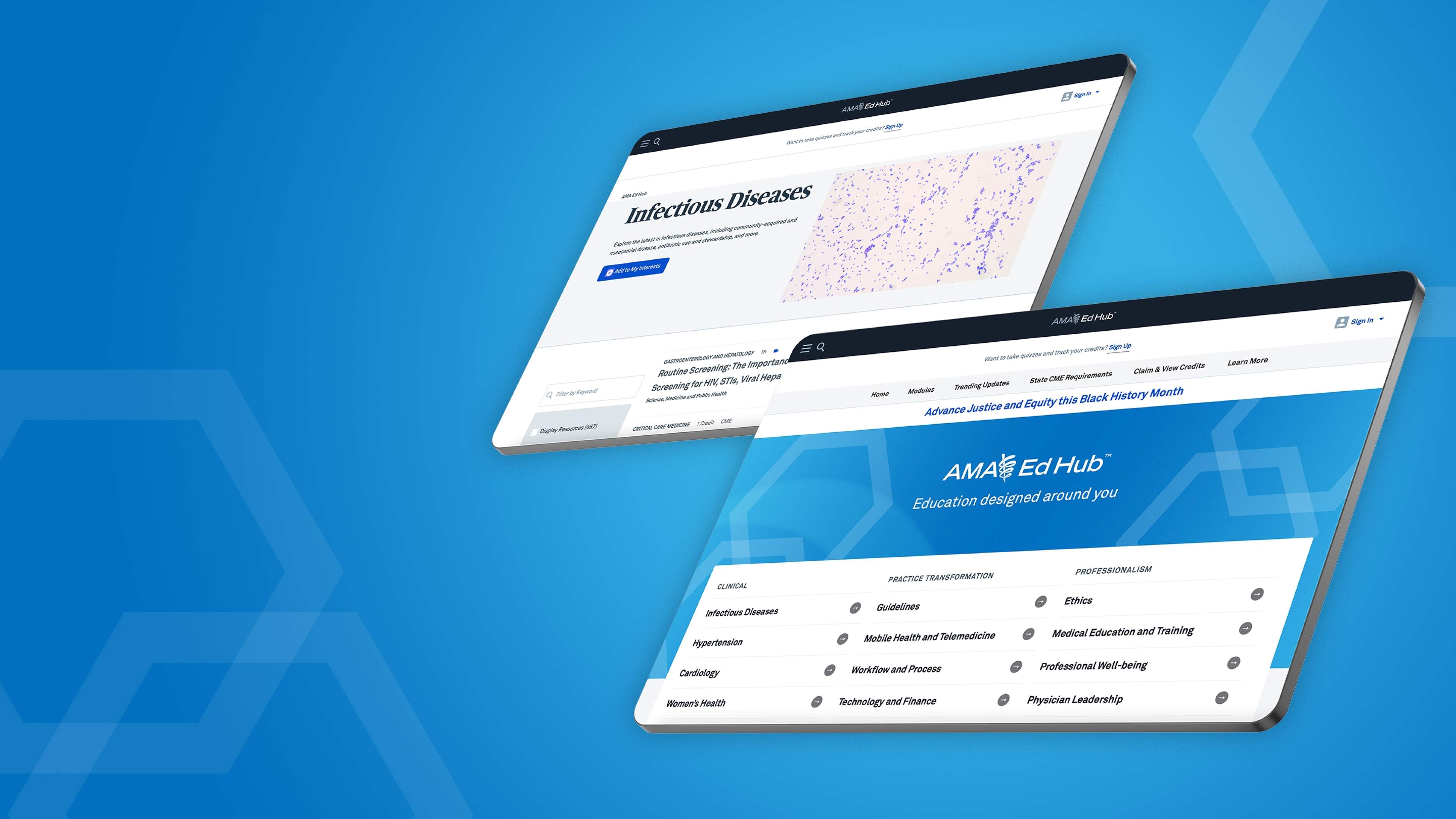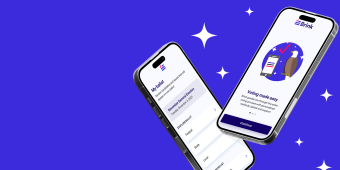(Warning: prepare for acronym overload!) The AMA had already integrated Ed Hub with one third-party system to share MOC credits or activities with certain state and specialty medical boards. Now, the AMA also wanted to directly send CME activity data to other LMSes that members used for CME. That meant our team needed to…
Pull data from various Ed Hub programs (for medical students, residents, fellows, and certified physicians).
Reconcile data across multiple accounts—crucial for that student-to-resident use case where the same person has multiple emails.
Share data with the right LMS and the right medical boards.
There were also a few logistical aspects to consider. The AMA is a sprawling organization, with stakeholders in every department from legal to IT. To make Ed Hub a more helpful tool for members, we needed to embrace a shared strategy—and move in lockstep at every stage of development.








